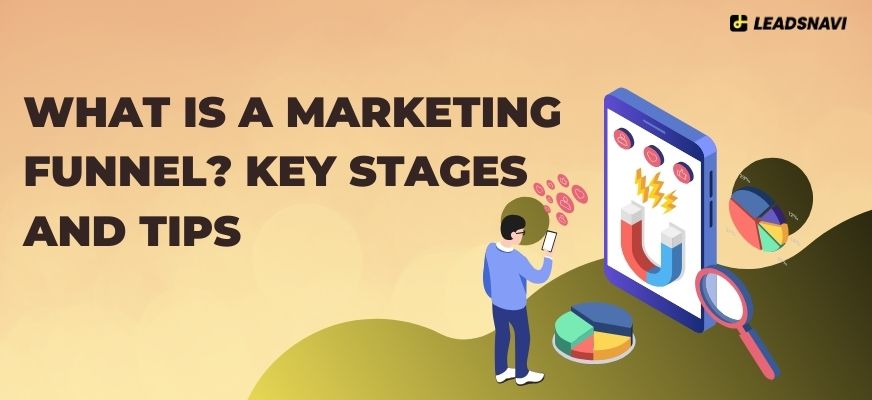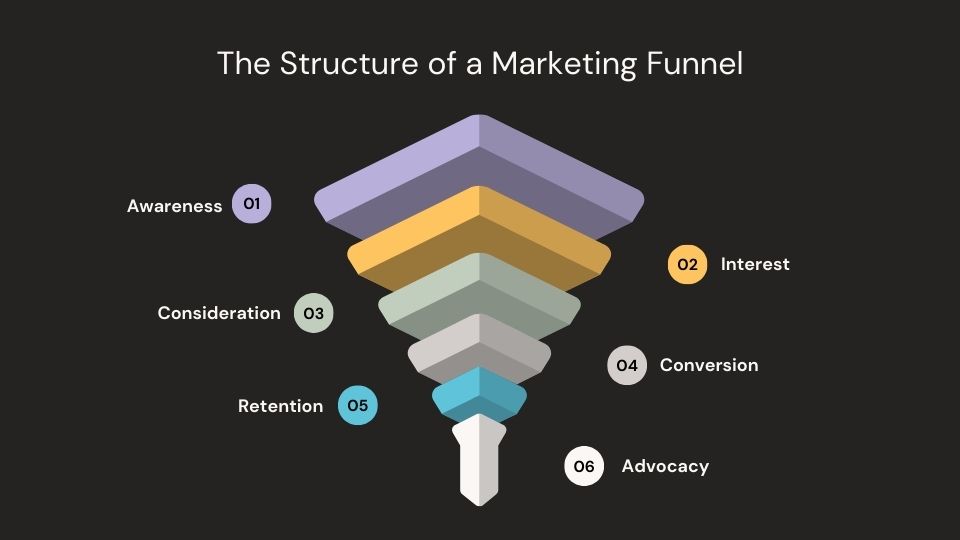Introduction
In the ever-evolving landscape of digital marketing, understanding the concept of a marketing funnel is crucial for businesses aiming to convert website visitors into loyal customers. This article aims to provide comprehensive information on marketing funnels, including their definition, importance, structure, and how to create them effectively. We will also discuss common mistakes in building marketing funnels and how to avoid them, as well as the future of marketing funnels.
Definition of a Marketing Funnel
A marketing funnel, sometimes referred to as a sales funnel or buyer's funnel, is a model that illustrates the theoretical customer journey towards the purchase of a product or service. It's a step-by-step process that starts from the initial stage of awareness, where potential customers first learn about your business, to the final stage of conversion and beyond. The funnel metaphor is used because, like a physical funnel, the number of people decreases as they move through each stage, leading to a smaller but more qualified group of individuals who are more likely to make a purchase.
Importance of Understanding Marketing Funnels
Understanding marketing funnels is crucial for businesses because it helps them to strategize their marketing efforts effectively. By comprehending each stage of the funnel, businesses can create targeted strategies and content that cater to the needs of potential customers at each stage. This understanding can lead to improved customer acquisition, customer retention, and ultimately, increased sales and profitability. Furthermore, a well-defined marketing funnel can help businesses identify areas where they are losing potential customers and take corrective action.
The Role of Marketing Funnels in Business
Marketing funnels play a pivotal role in business development and customer relationship management. They provide a structured approach to understanding and addressing the needs of potential customers at different stages of their buying journey. They also help businesses to identify and focus on high-quality leads – those who are most likely to convert into customers. This is where lead generation tools like LeadsNavi can be particularly useful. As an advanced SaaS+AI tool for B2B companies, LeadsNavi accurately identifies website visitors, provides comprehensive company and contact details, and supports business development and customer relationship management.
The Structure of a Marketing Funnel
A typical marketing funnel consists of several stages, each representing a different phase of the customer's journey. While the number and names of these stages can vary, a standard funnel includes the following: Awareness, Interest, Consideration, Conversion, Retention, and Advocacy.

